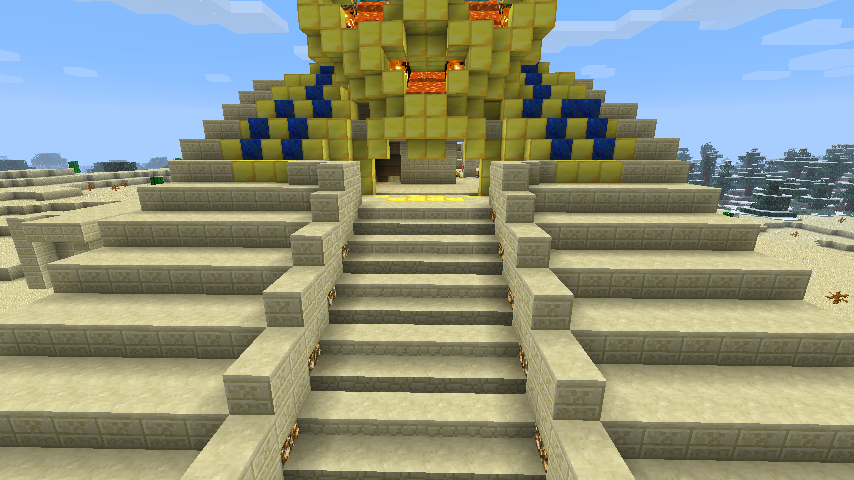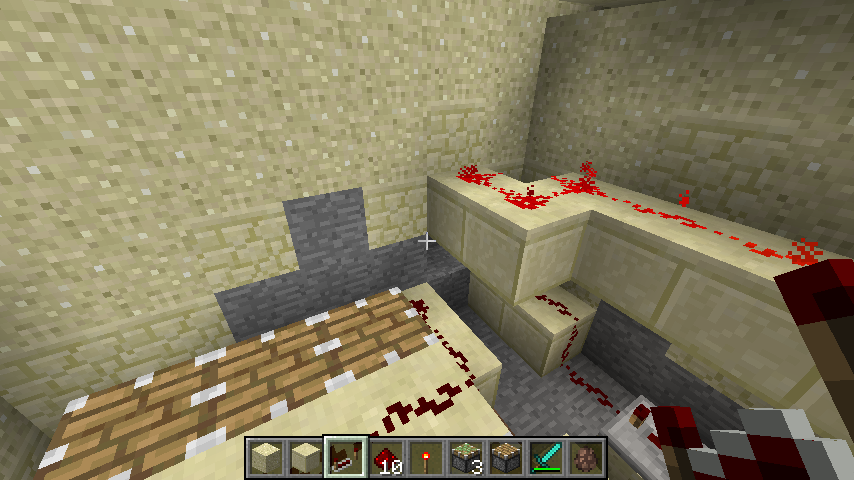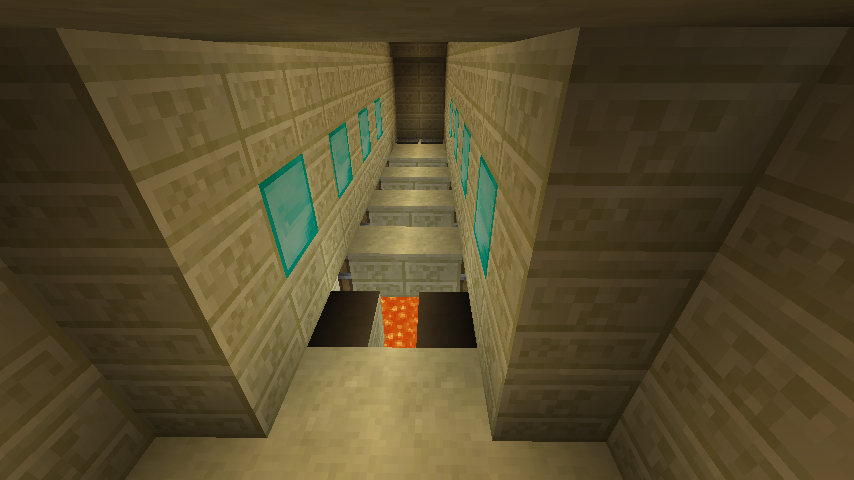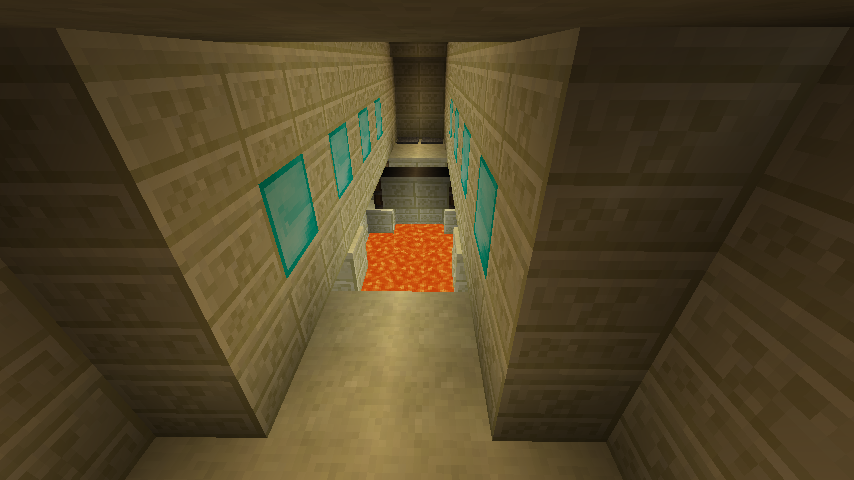
I am truly amazed that I had not mentioned this earlier. Especially as I've been using it to help me with this blog!
Windows Movie Maker for making short (or long) videos, is brilliant. It comes standard with Windows 7 (and 8) and is free to download if you don't already have it. It's easy to use, pretty intuitive, and doesn't require powerful hardware. To see some results, just take a look at the few I've uploaded for BeeBots and Scratch!
It is also easy to take a collection of images and add simple effects and set them to music, and literally takes a matter of minutes to do. Additionally it can easily be combined with Powerpoint to make slides and presentations more interesting as a bonus! It's also a fantastic way of showcasing children's work at the end of a topic, or introducing a new one as well!
For obvious reasons, Movie Maker may appeal to visual learners, budding filmakers and storytellers, and is a fantastic tool not just for the teacher to use, but for pupils to learn and engage them in their work (the most obvious example being storytelling). Best of all, because it's free, students can easily take their work home to continue once they've been hooked in by the prospect of movie making!
Definitely a great tool to add to any teacher's kit box.
Windows Movie Maker for making short (or long) videos, is brilliant. It comes standard with Windows 7 (and 8) and is free to download if you don't already have it. It's easy to use, pretty intuitive, and doesn't require powerful hardware. To see some results, just take a look at the few I've uploaded for BeeBots and Scratch!
It is also easy to take a collection of images and add simple effects and set them to music, and literally takes a matter of minutes to do. Additionally it can easily be combined with Powerpoint to make slides and presentations more interesting as a bonus! It's also a fantastic way of showcasing children's work at the end of a topic, or introducing a new one as well!
For obvious reasons, Movie Maker may appeal to visual learners, budding filmakers and storytellers, and is a fantastic tool not just for the teacher to use, but for pupils to learn and engage them in their work (the most obvious example being storytelling). Best of all, because it's free, students can easily take their work home to continue once they've been hooked in by the prospect of movie making!
Definitely a great tool to add to any teacher's kit box.





 RSS Feed
RSS Feed